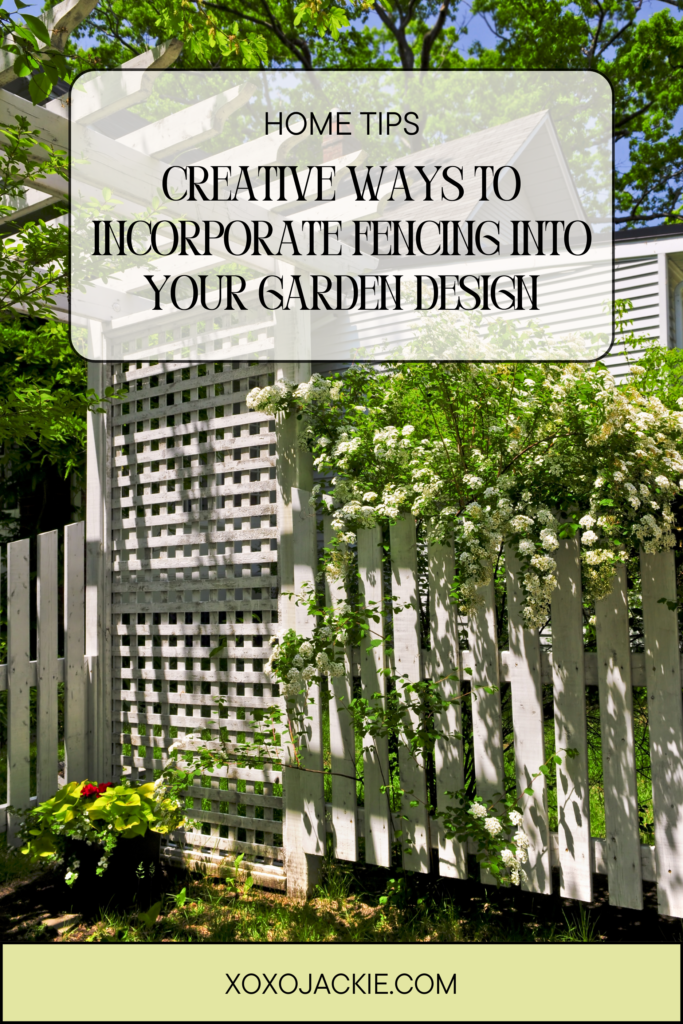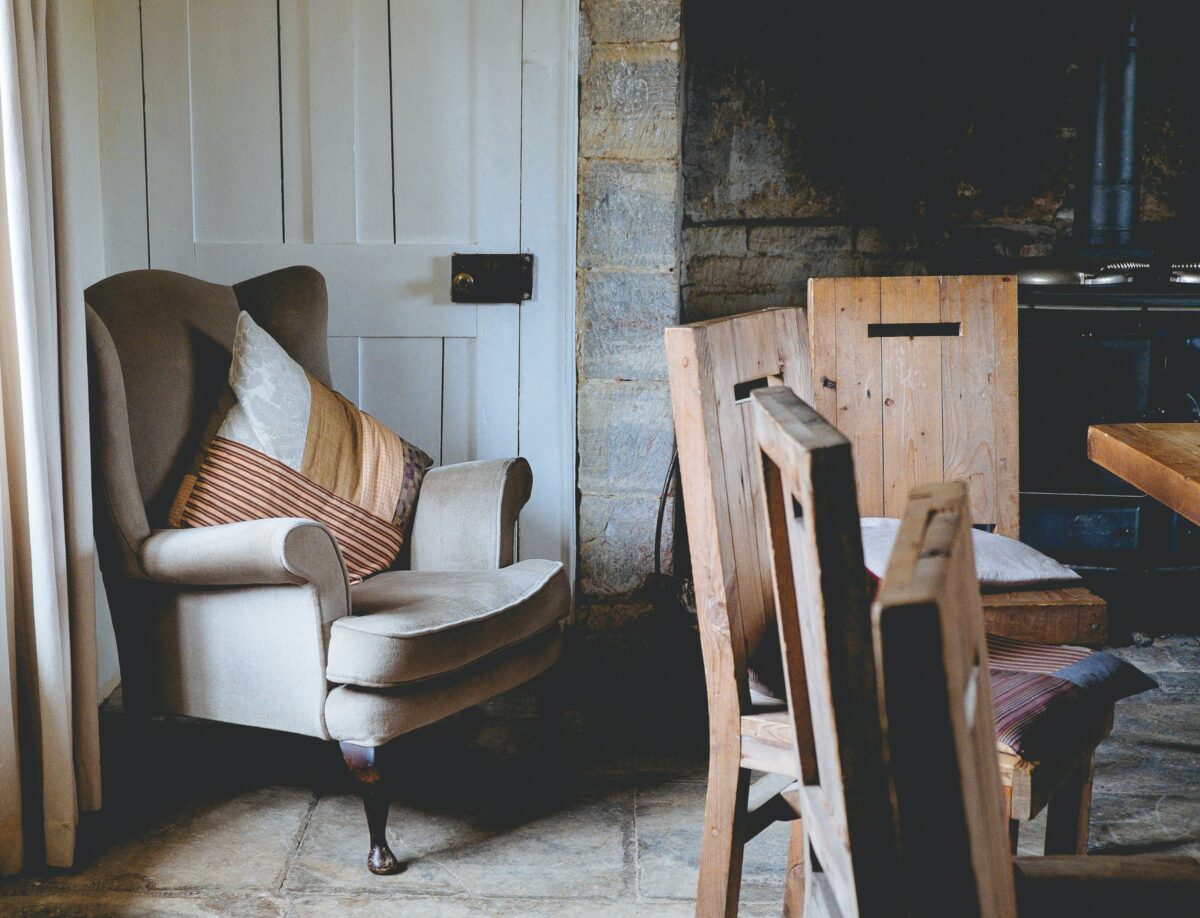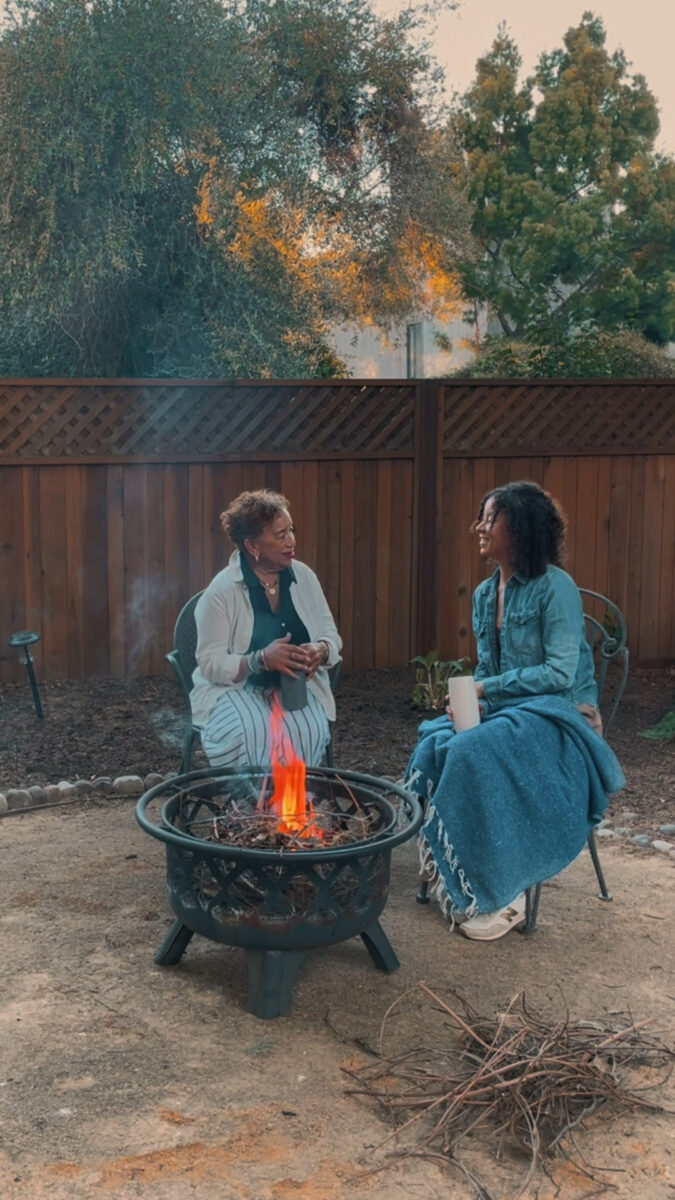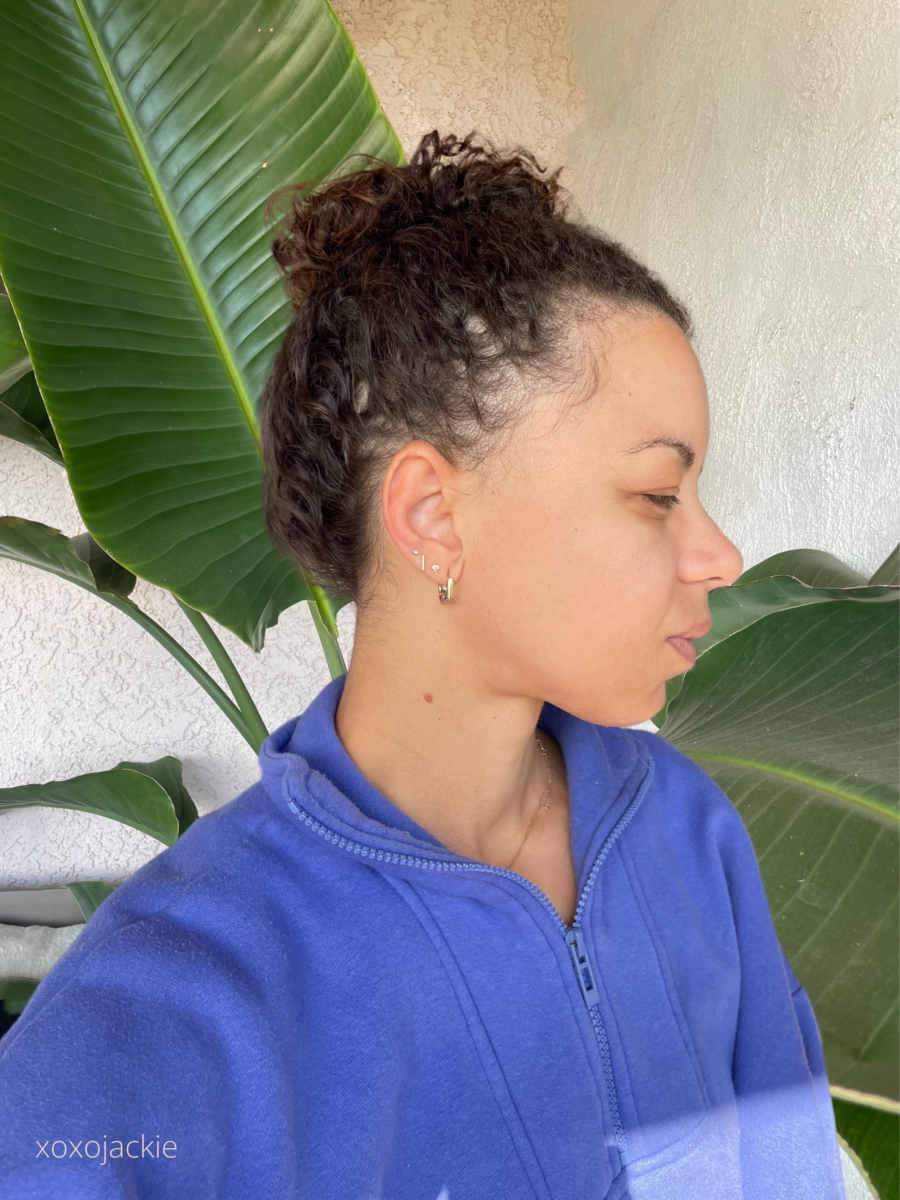Fencing is often considered a practical necessity to demarcate property lines and ensure privacy in our gardens. However, it also holds vast potential as a component of garden design, adding aesthetic charm and character to outdoor spaces.
Beyond mere functionality, a well-thought-out fence can serve as a canvas for creativity, integrating seamlessly with the landscape and enhancing the overall ambiance of your garden.
This guide explores innovative ways to transform ordinary fencing into a standout feature of your garden design, making it beautiful and functional.
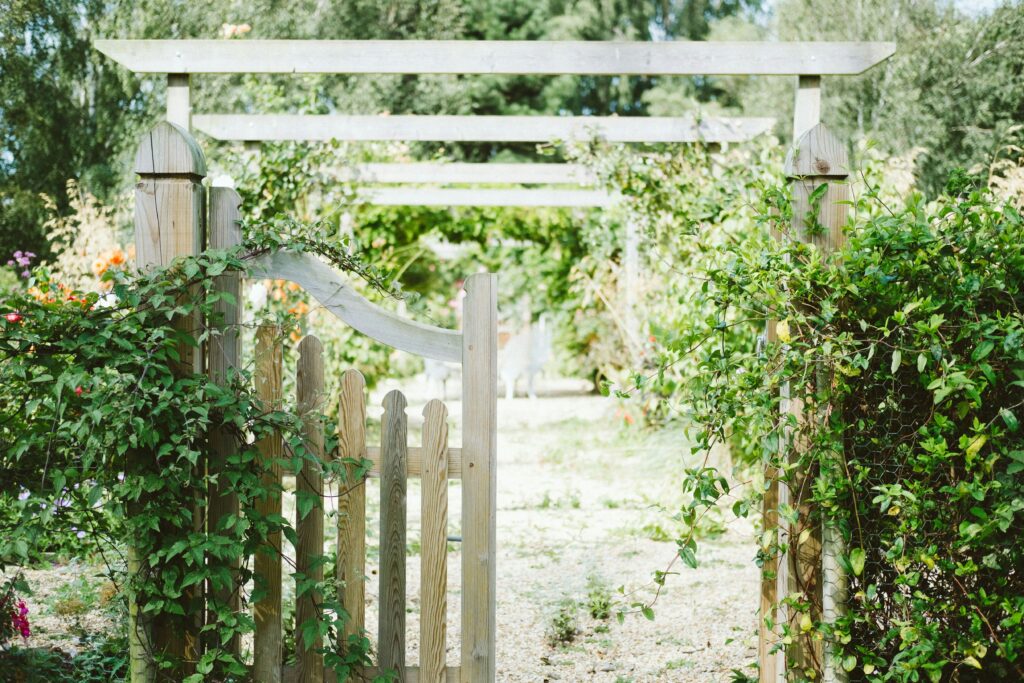
Choose the Right Materials
When it comes to fencing, there are endless material options, from classic wood and metal to more unconventional choices like bamboo and recycled plastic. Consider the style of your garden and the overall theme you want to achieve, and choose a material that complements it.
For a rustic or cottage-style garden, opt for wooden fencing with a weathered finish, while sleek metal fencing will suit a modern or minimalist garden. Bamboo fencing can bring an exotic touch to tropical gardens, and recycled plastic fencing is eco-friendly and low-maintenance.
Add Natural Elements
Incorporating natural elements into your fence design can make it blend seamlessly with the surrounding landscape. Consider growing climbing plants such as vines, jasmine, or clematis along the fence to add a burst of color and texture. Attach hanging baskets or bird feeders to the fence posts for a whimsical touch.
Another way to enhance your fence’s natural appeal is by adding wood lattice panels on top, creating a trellis-like effect that can be used to train flowering vines or create a living wall of greenery.
Create Multi-functional Fences
Why settle for just a fence when you can have a multi-functional structure that serves multiple purposes? For example, a tall wooden fence can double as a trellis for growing vegetables or herbs, creating an edible vertical garden.
A wire mesh fence can support hanging planters or act as a privacy screen, allowing light and air to pass through. You can also incorporate a gate into your fence design, adding an elegant and functional entrance to your garden.
Use Lighting
Lighting is crucial in creating ambiance and highlighting specific features in your garden. Incorporating lighting into your fence design can add drama and depth, making it stand out at night. Install solar-powered lights along the fence posts or wrap string lights around the top for a romantic touch.
Consider using uplighting to illuminate any climbing plants growing on your fence for a dramatic effect. This will create a magical and enchanting atmosphere in your garden after dark.
Experiment with Shapes and Patterns
Who says fences have to be plain and boring? Create shapes and patterns to add visual interest to your fence design. For a unique look, consider scalloped edges or an arched top instead of a straight or traditional picket fence.
For more intricate fencing designs, try incorporating lattice panels in geometric patterns or using different colored wood panels for a bold statement. You can even paint murals on your fence to add an artistic touch to your garden.
Additional Factors to Consider
- Climate and Weather Compatibility – Ensure the materials you choose can withstand the local climate, including extreme temperatures, moisture, and sunlight exposure. For instance, cedar and redwood are rot-resistant and ideal for damp climates, while metal options should be rust-proof if you live in a humid area.
- Maintenance Requirements – Consider the level of upkeep you’re willing to commit to. Wood may need regular staining or painting to maintain its appearance and durability, whereas materials like vinyl or composite require less maintenance but might have a higher initial cost.
- Local Zoning Laws and Neighborhood Rules – Check local regulations regarding fence height, style, and placement. Some areas might require permits for certain fences or have restrictions that could affect your design choices.
- Privacy and Security Needs – Determine the primary purpose of your fence. Higher, solid fences offer more privacy, while open designs are less obstructive and may be more welcoming but offer less security.
- Budget Considerations – Balance your dream design with your budget constraints. Some materials and designs may be more costly than others, so it’s important to find a solution that meets both your aesthetic and financial needs.
- Integration with Existing Landscaping – The fence should complement, not clash with, your garden’s current look and layout. Consider the colors, textures, and styles of your existing landscape when planning your fence design to ensure cohesion.
- Impact on Plant Life – Be mindful of how your fence might affect the garden’s plant life. Ensure there’s enough space for plants to grow without obstruction, and consider the potential shade a tall fence might cast on sun-loving plants.
- Longevity and Sustainability – Opt for materials that are not only durable but also environmentally friendly. Sustainable choices like bamboo or recycled plastic contribute to a garden’s eco-friendliness without sacrificing quality or aesthetics.
Conclusion
Fencing is not just a functional element in your garden; it can also be a design statement that adds character and charm to your outdoor space. With these creative ideas, you can transform your fence into a beautiful and multi-functional feature that enhances the overall ambiance of your garden.
Consider the above mentioned factors, and choose a design that meets your unique style, budget, and needs. With a well-designed fence, your garden will become an inviting and picturesque haven you can enjoy for years. So, get creative with your fencing options to add the finishing touch to your dream garden.
